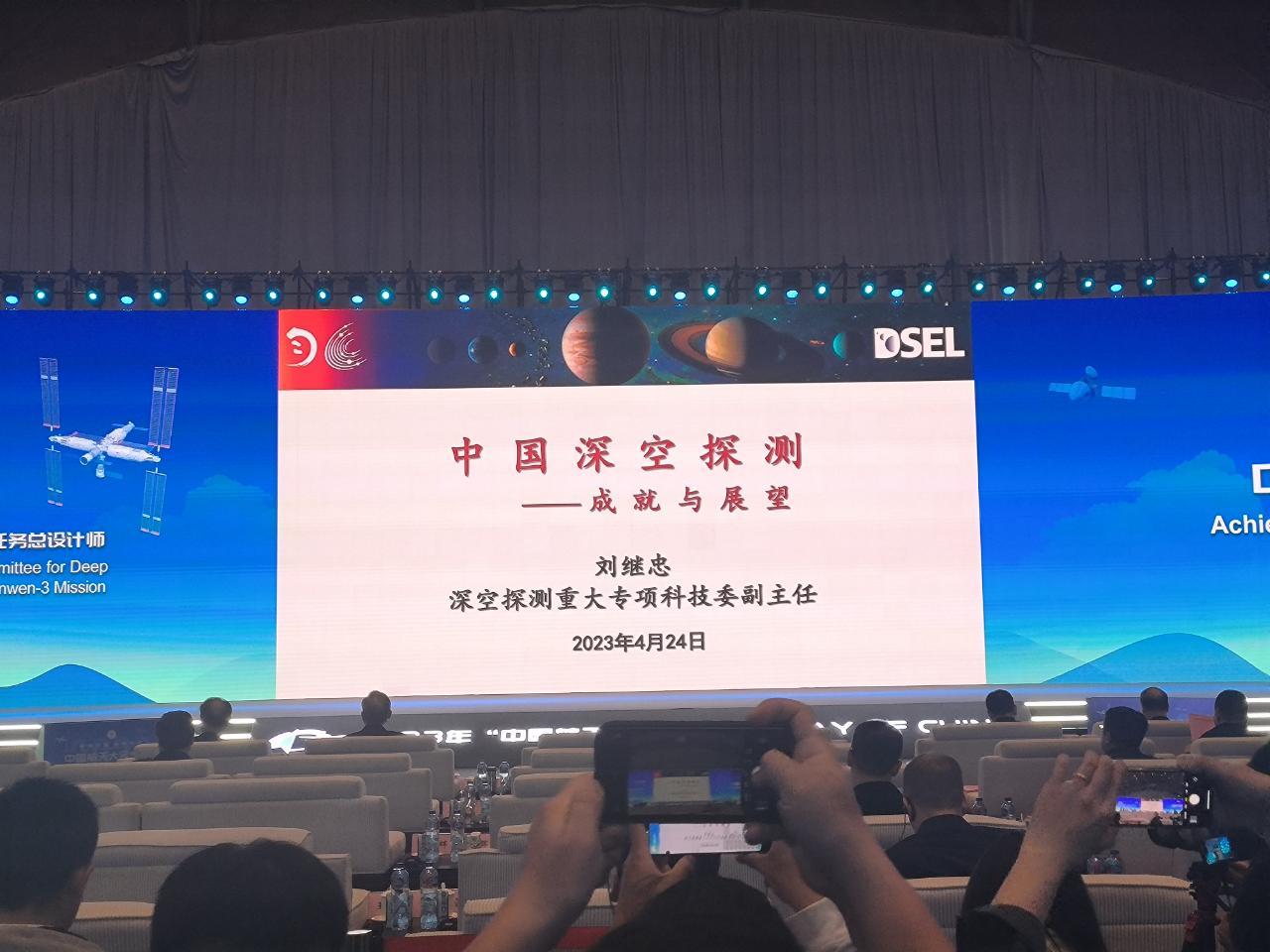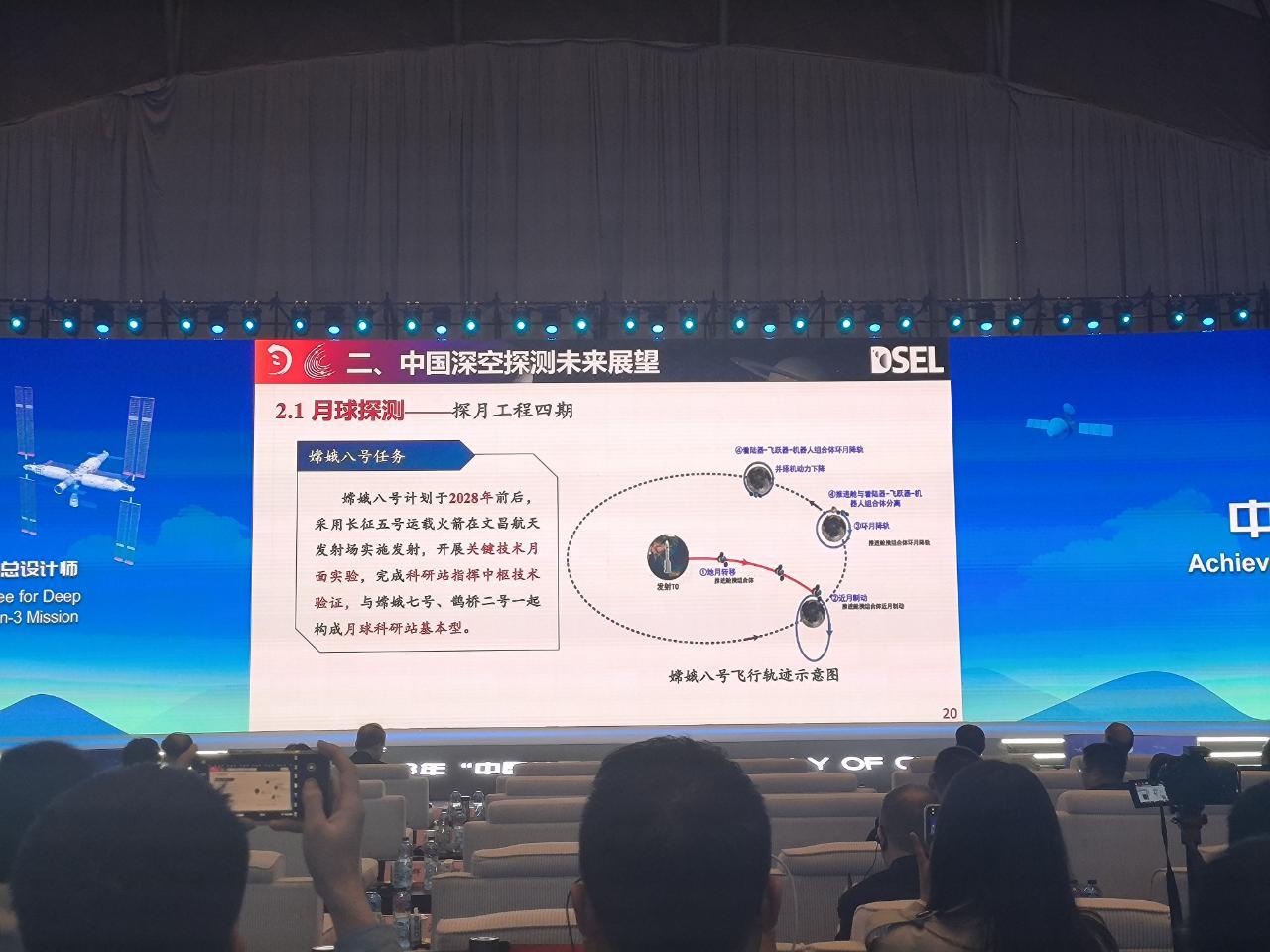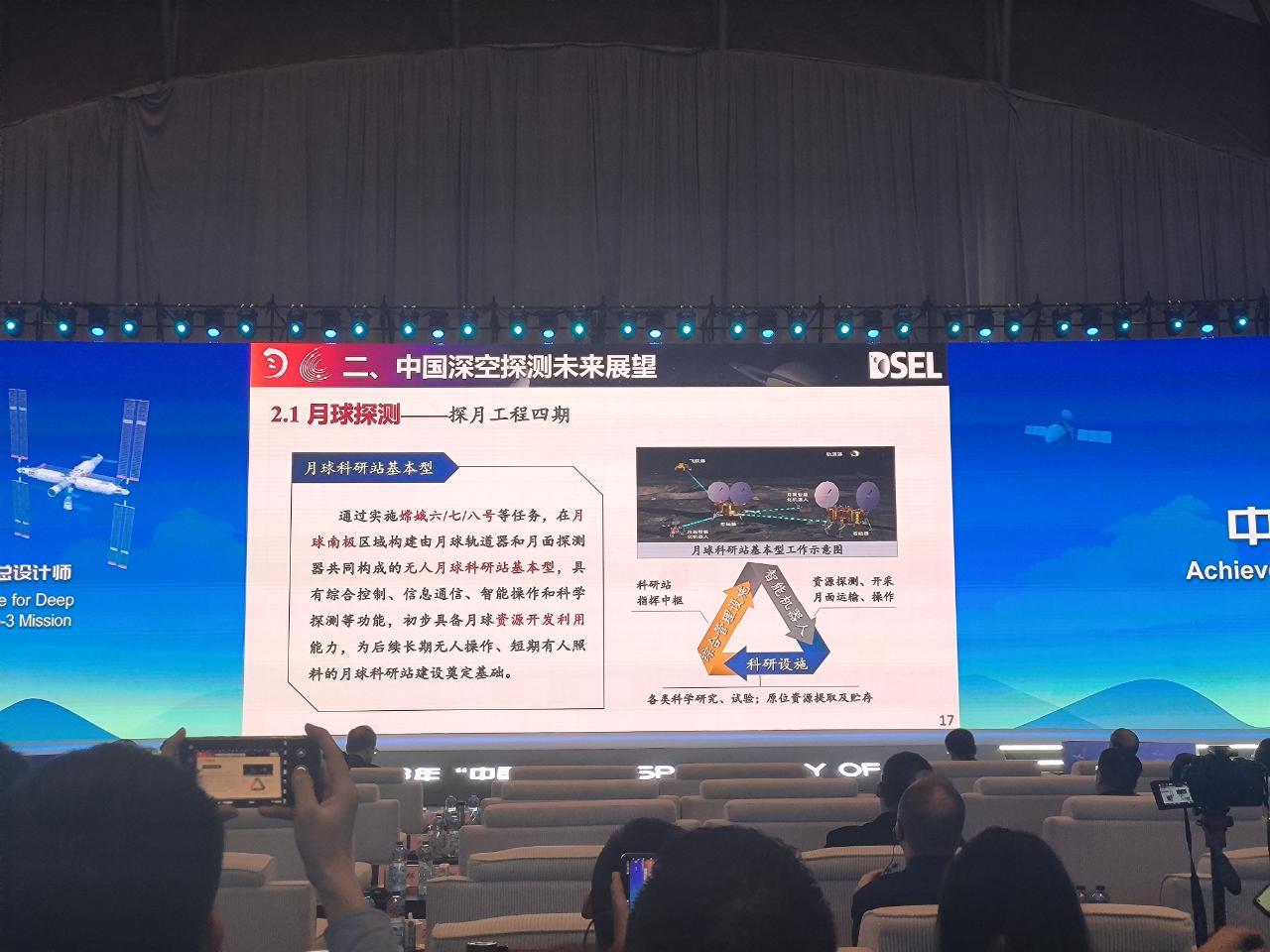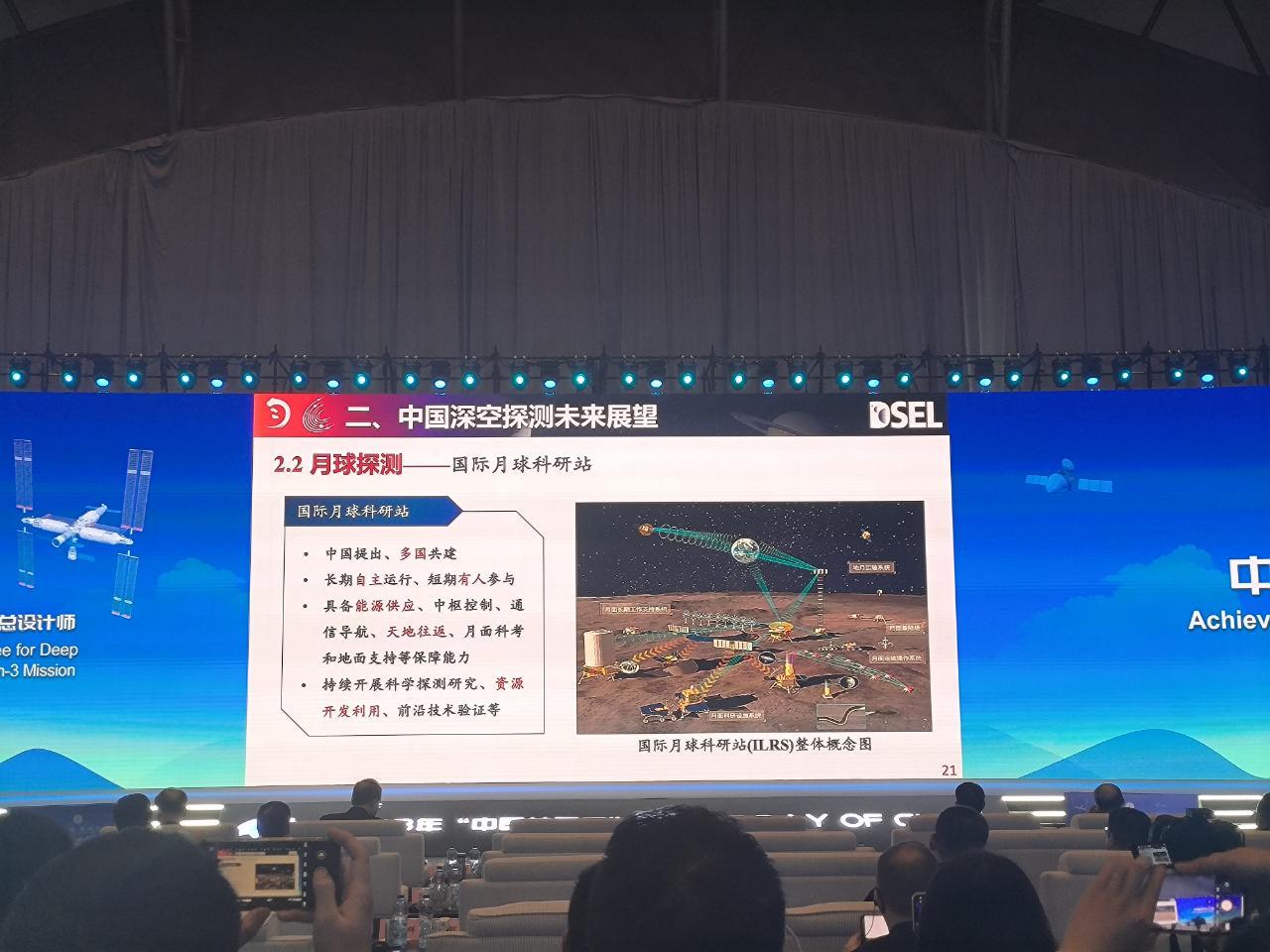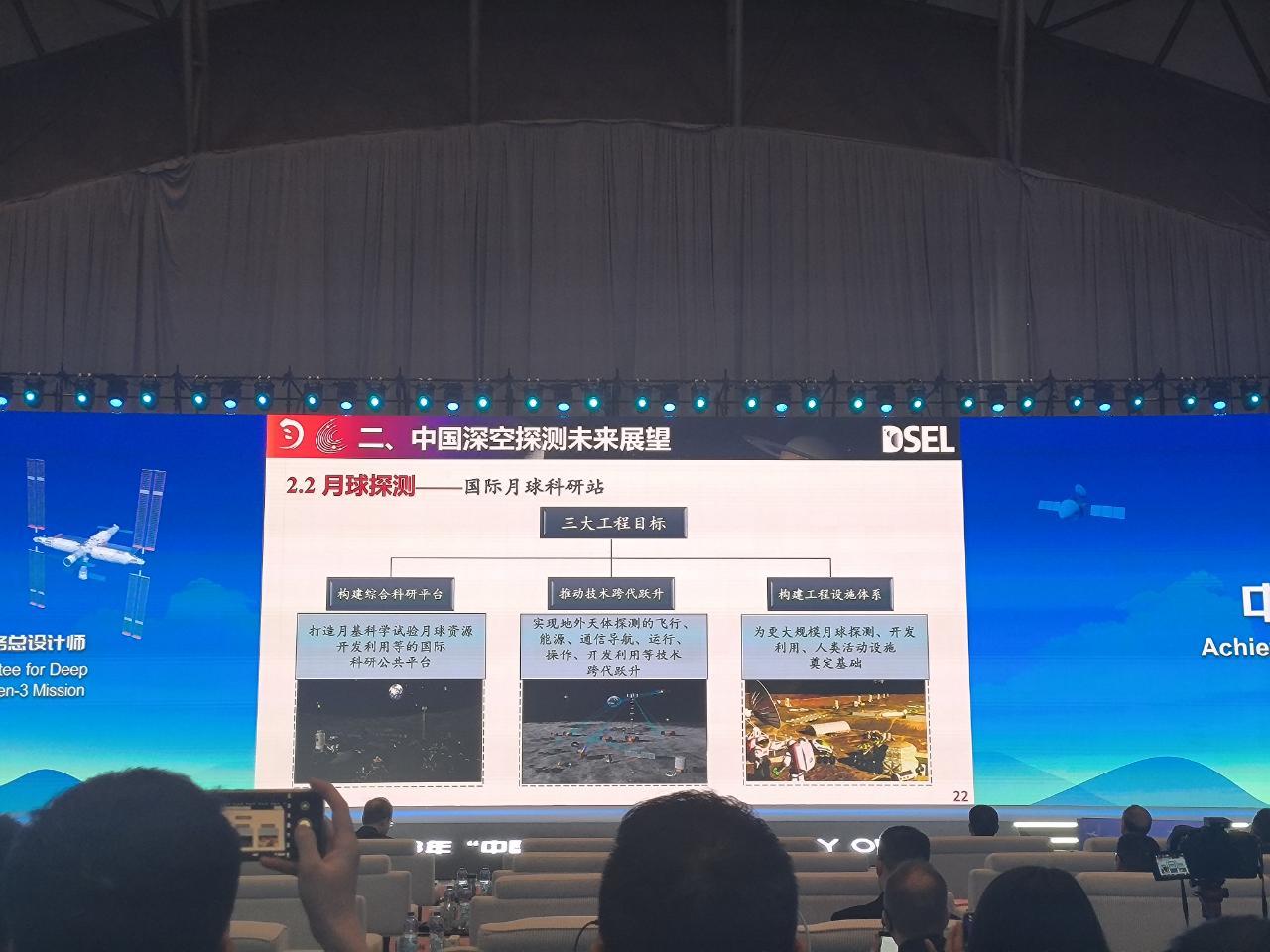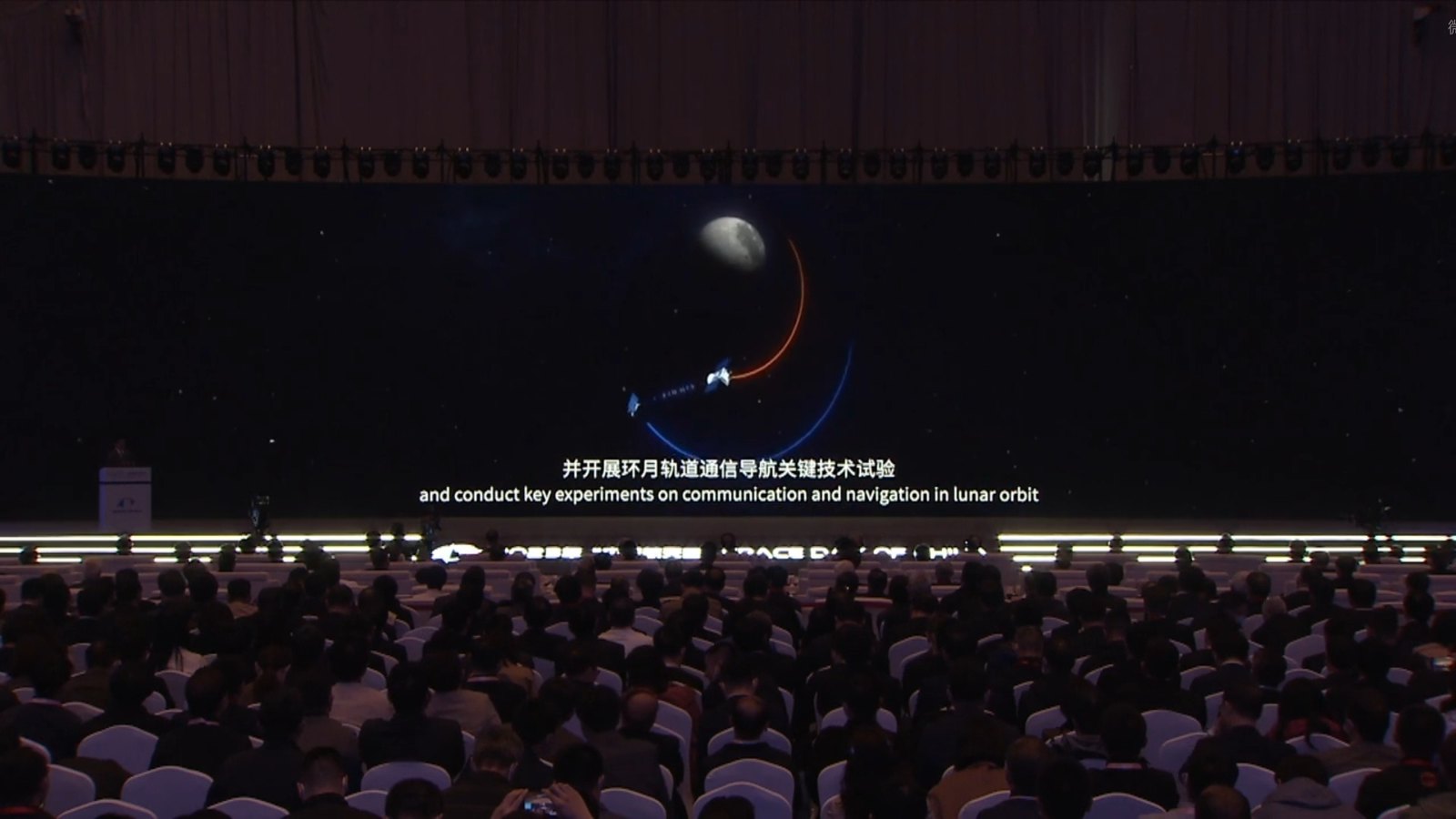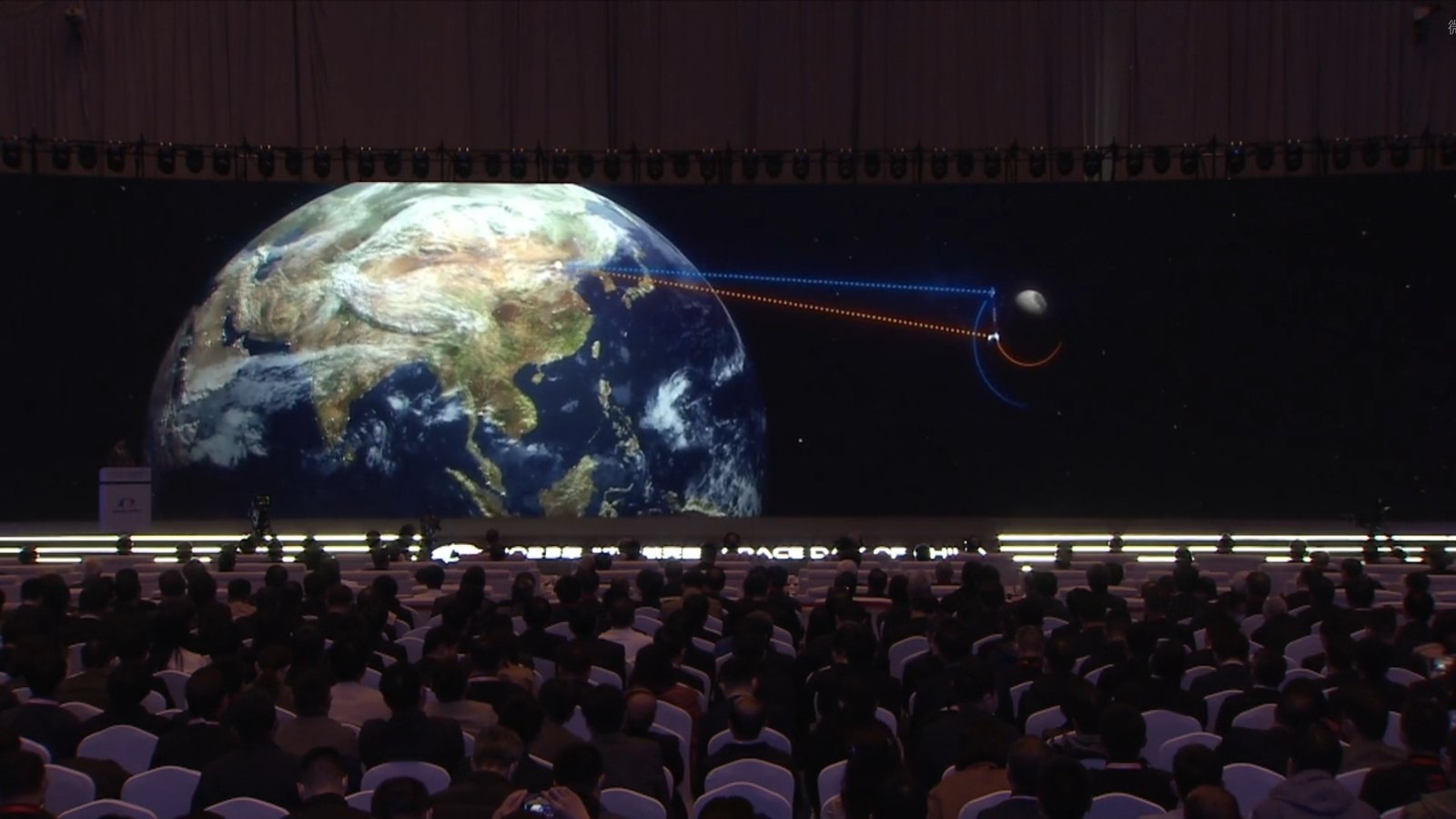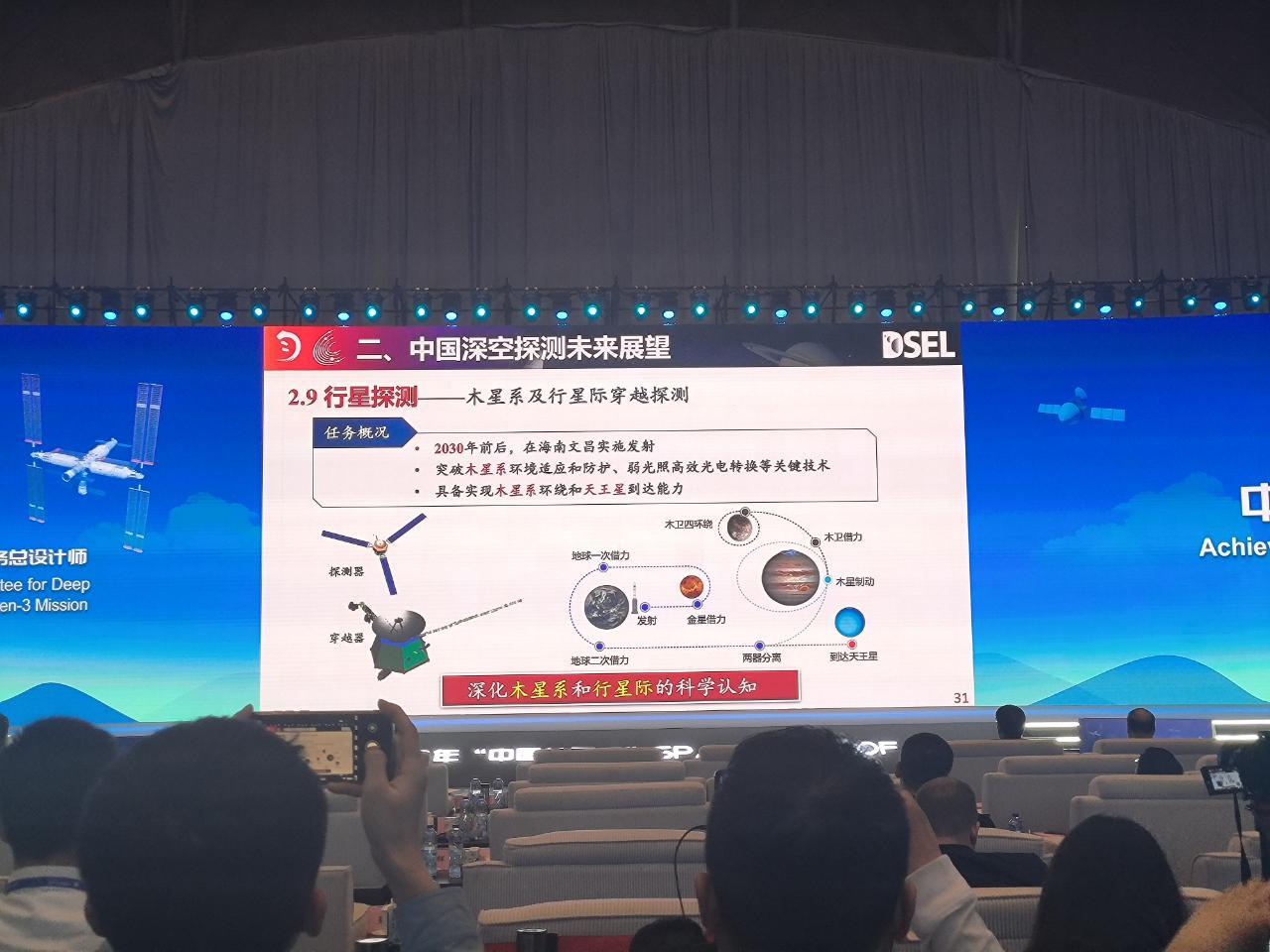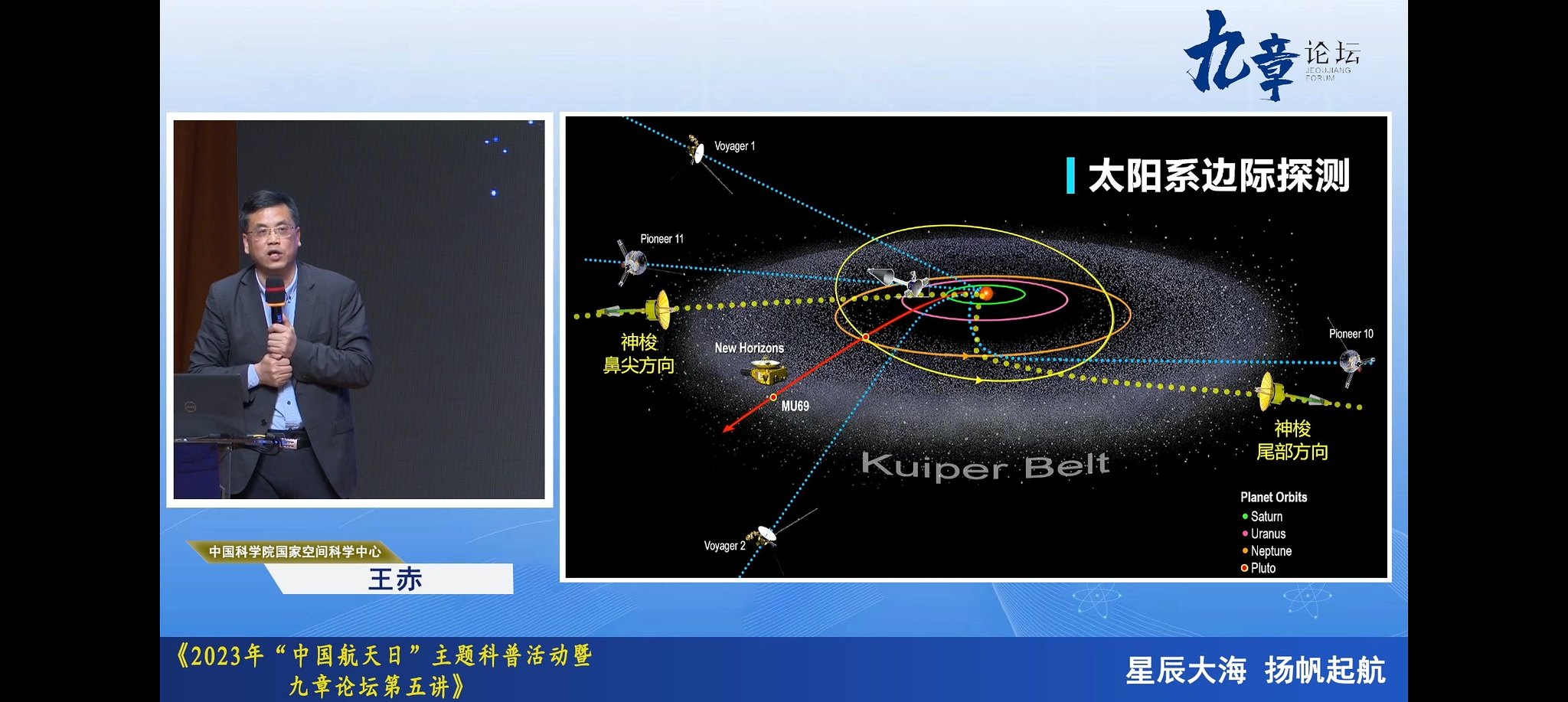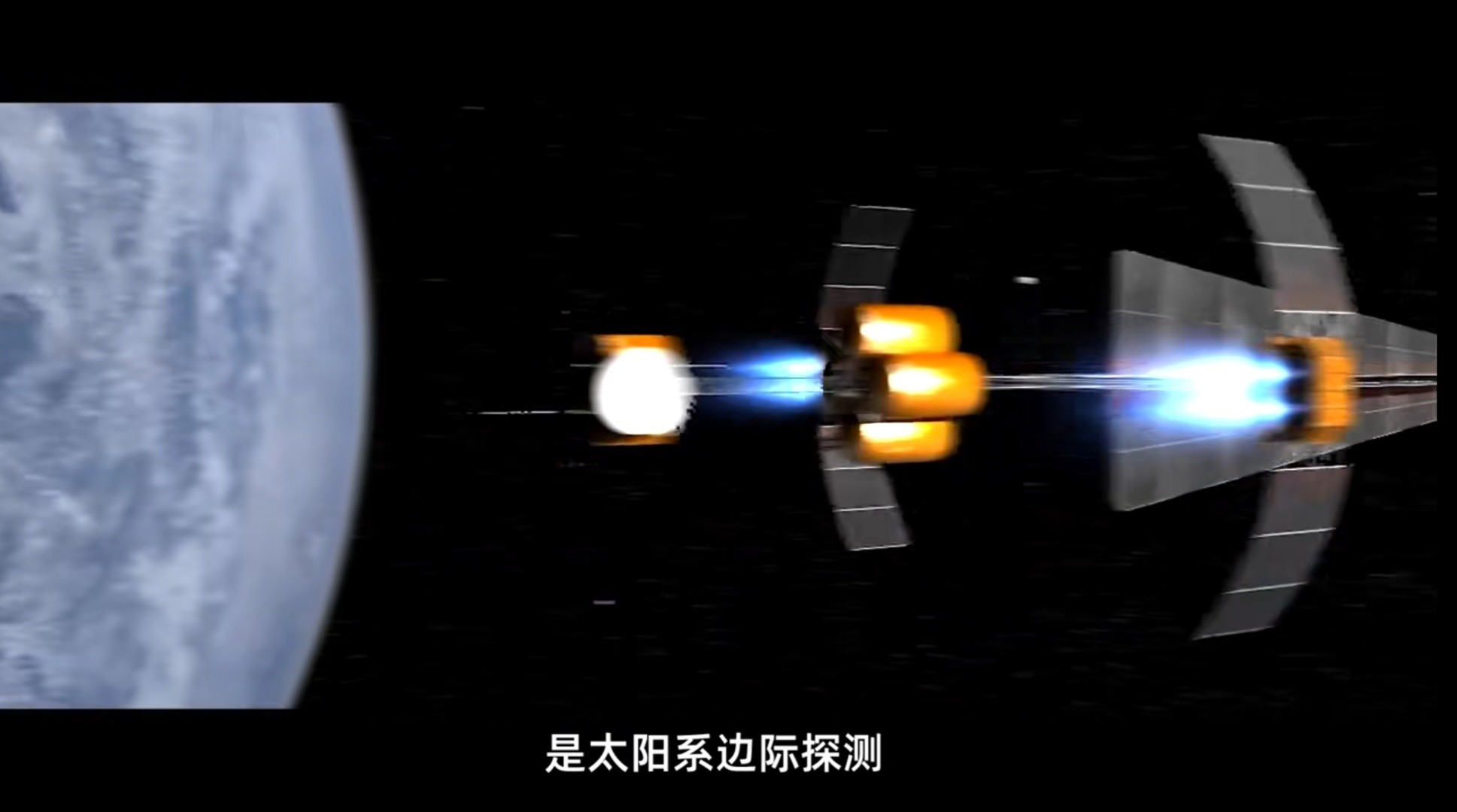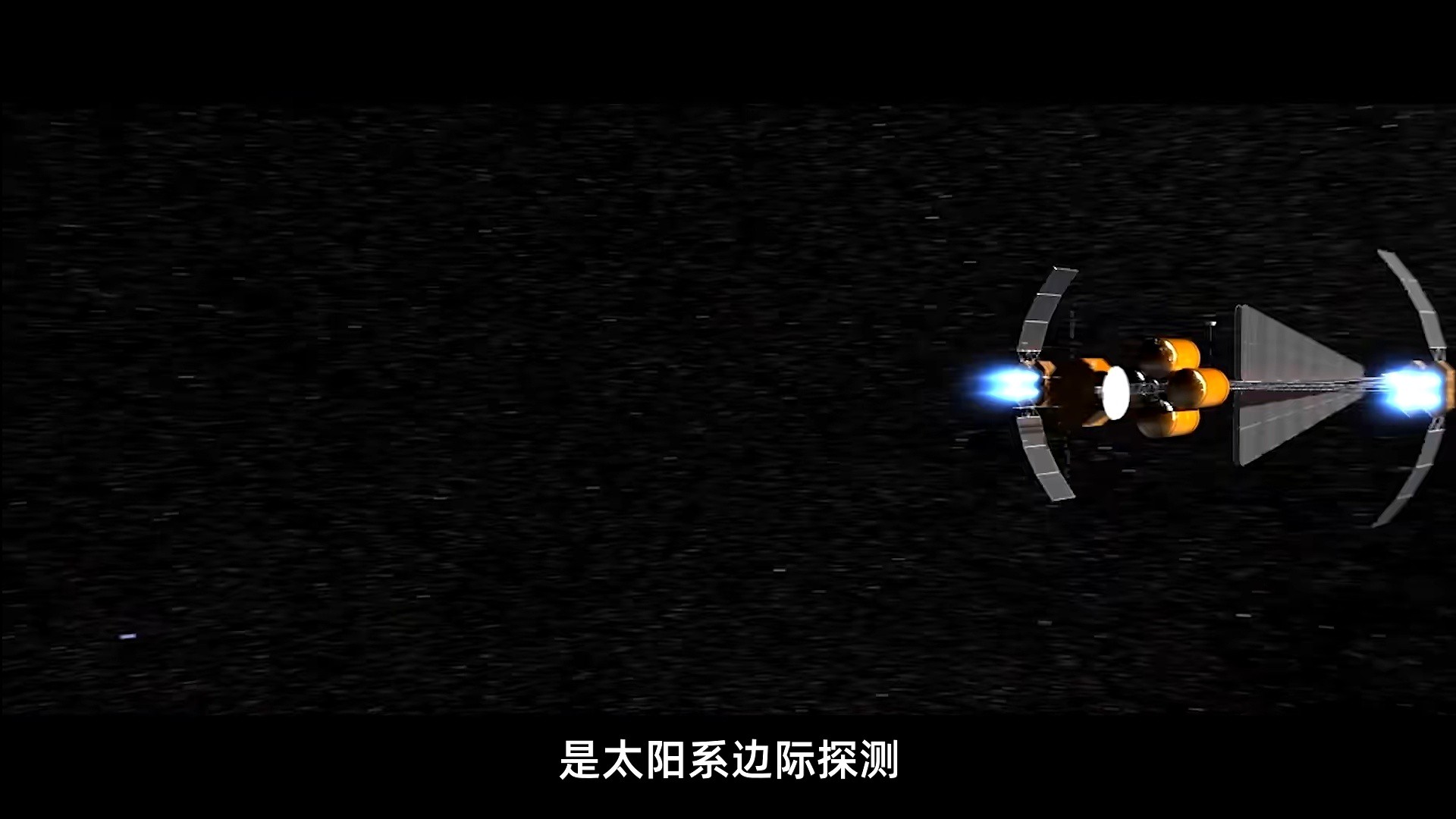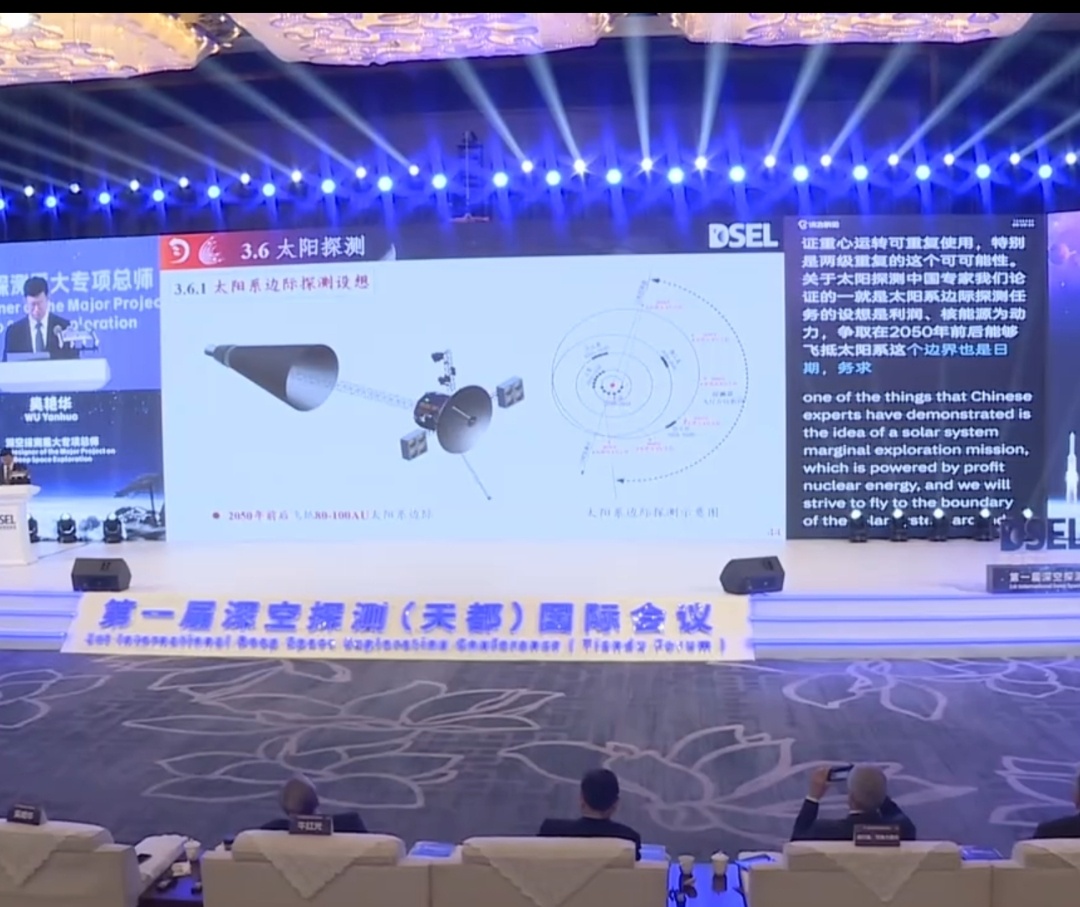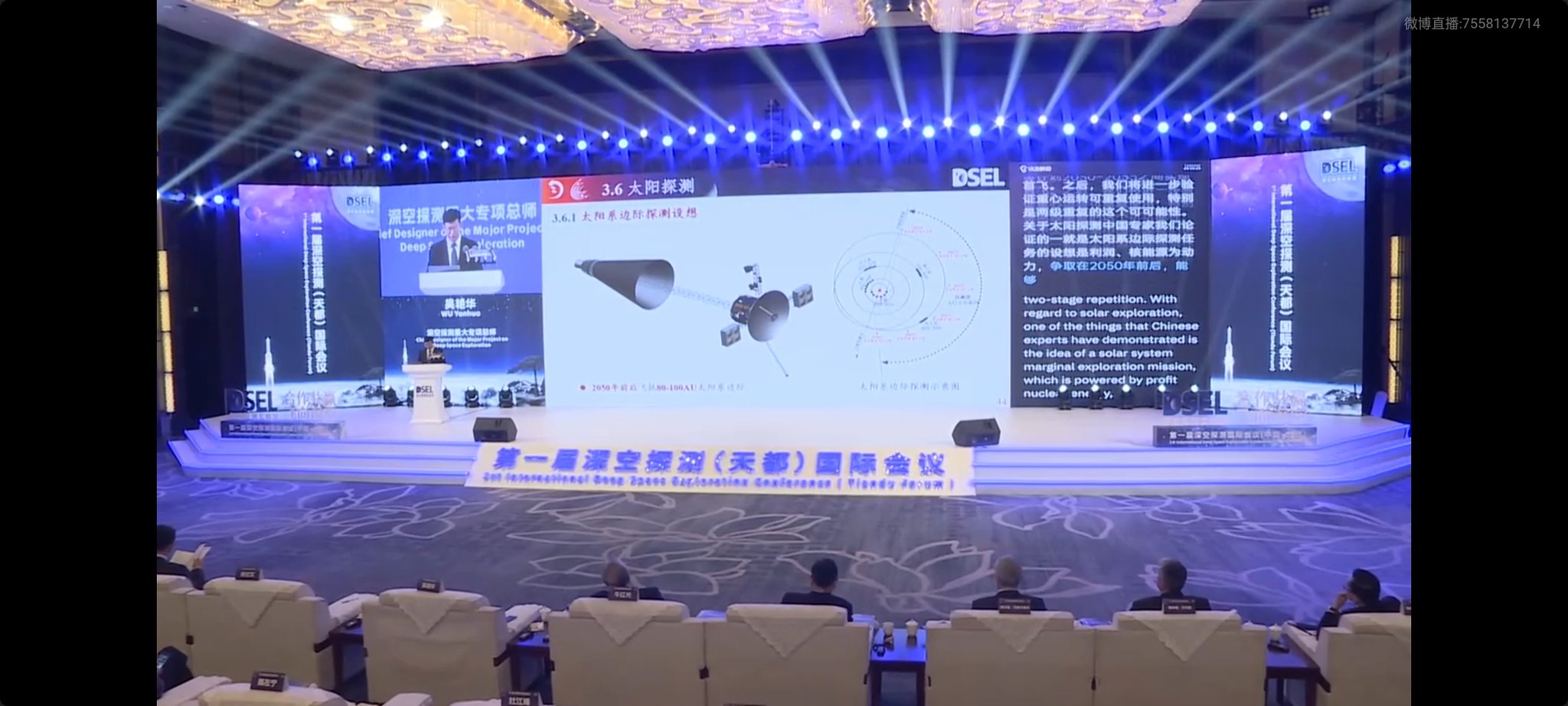by78
General
Li Minghua, chief engineer of the First Academy of CASC, gives a presentation on the development plan of China's future launch vehicles:
- Long March 10 in three-stage configuration with its capacity of 27 tons to lunar orbit, will realize China's first manned moon landing.
- Long March 10 in two-stage configuration will be be partially re-usable, with the first stage being recovered via cable capture.
- Long March 9 will not only support China's deep space exploration projects (landing on Mars), but it will also serve as a fast strategic cargo transport to LEO. The reusable version of LM-9 can also be used for express (1 hour or less) cargo delivery at intercontinental distances.
- By 2025, the reliability of launch vehicles will have been greatly improved; by 2035, "smart launch vehicles" will be built and used on a mass scale.
- New concept vehicle technologies are being actively explored and developed, focusing on nuclear thermal propulsion, combined-cycle propulsion, solar sail, and other technologies.




- Long March 10 in three-stage configuration with its capacity of 27 tons to lunar orbit, will realize China's first manned moon landing.
- Long March 10 in two-stage configuration will be be partially re-usable, with the first stage being recovered via cable capture.
- Long March 9 will not only support China's deep space exploration projects (landing on Mars), but it will also serve as a fast strategic cargo transport to LEO. The reusable version of LM-9 can also be used for express (1 hour or less) cargo delivery at intercontinental distances.
- By 2025, the reliability of launch vehicles will have been greatly improved; by 2035, "smart launch vehicles" will be built and used on a mass scale.
- New concept vehicle technologies are being actively explored and developed, focusing on nuclear thermal propulsion, combined-cycle propulsion, solar sail, and other technologies.









